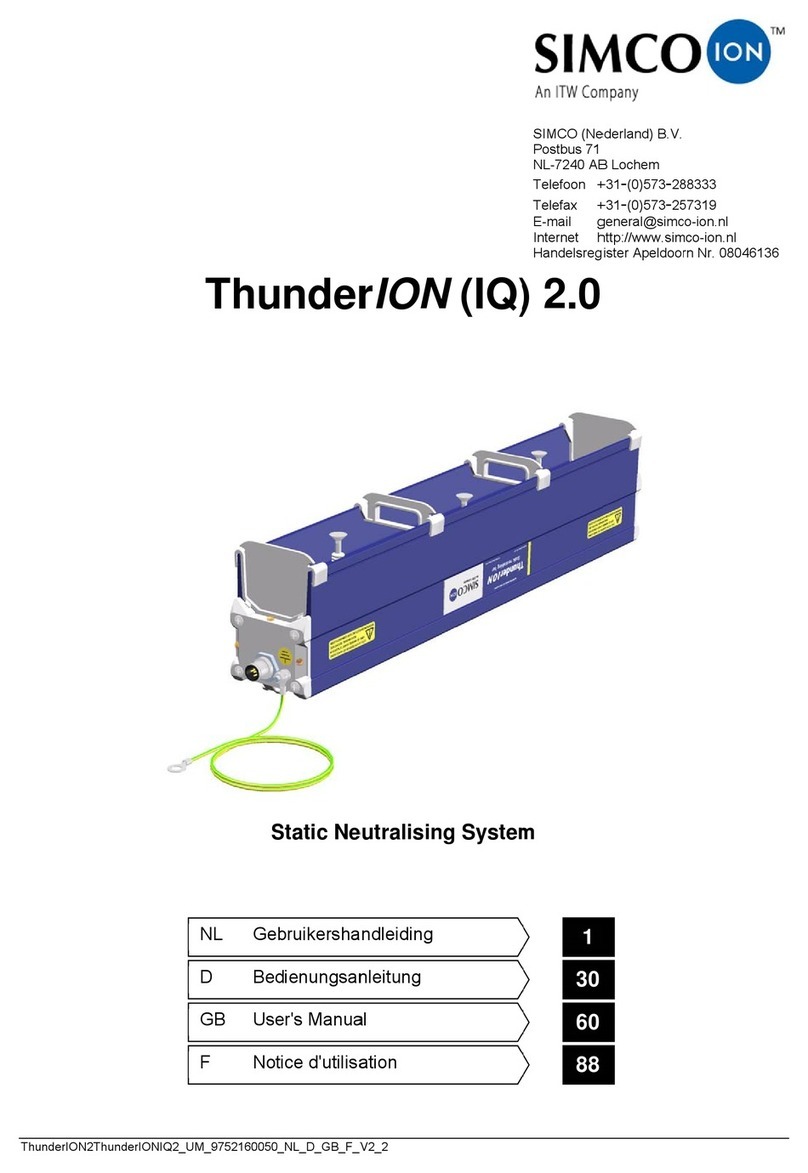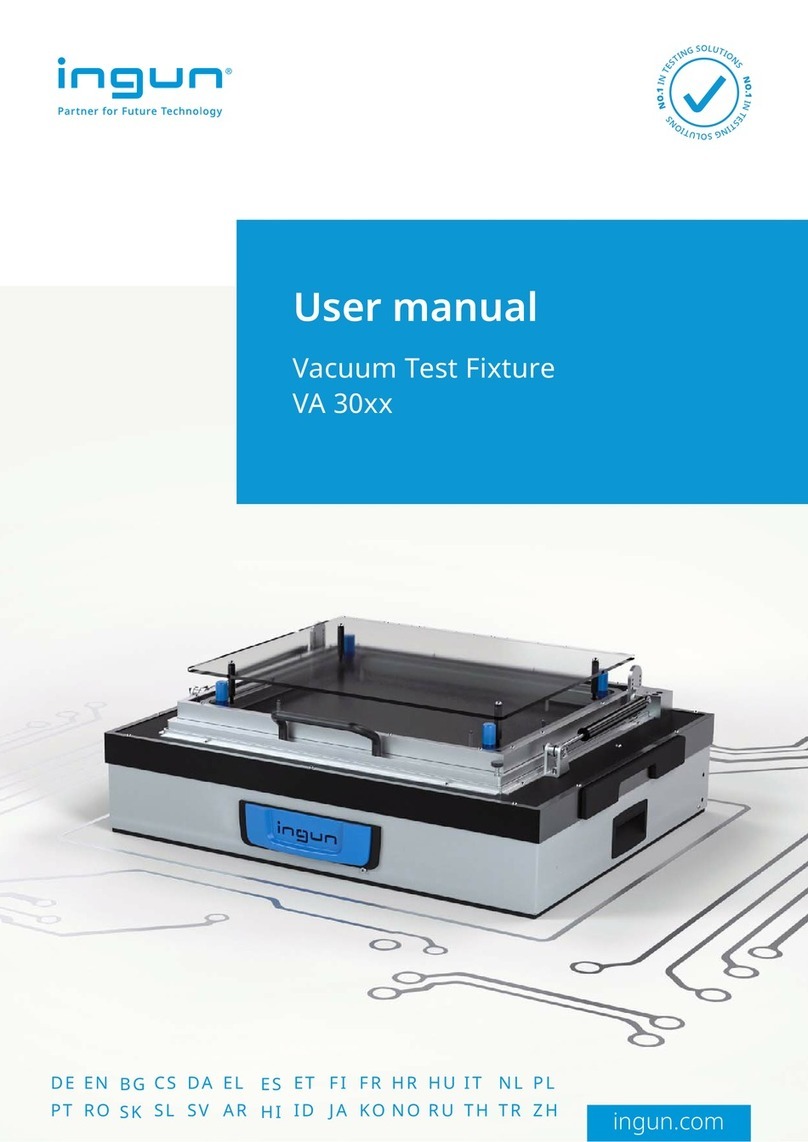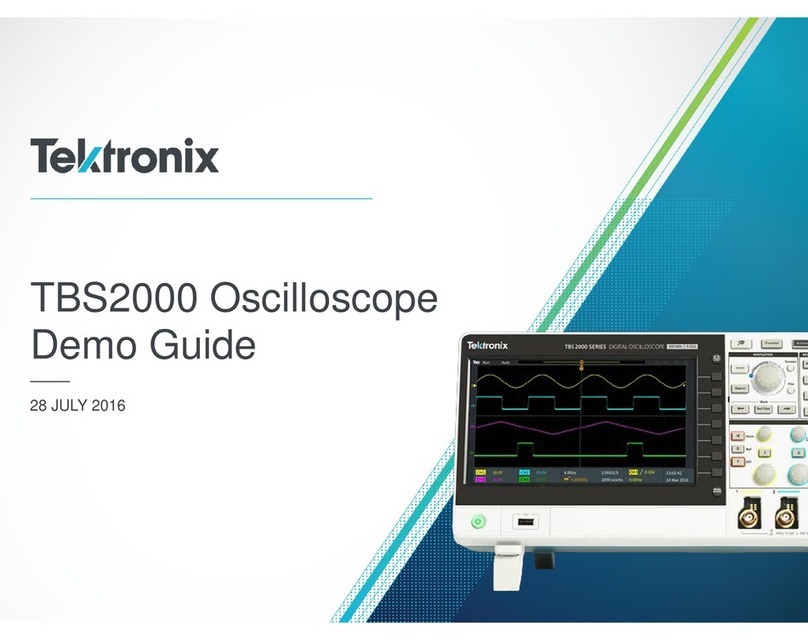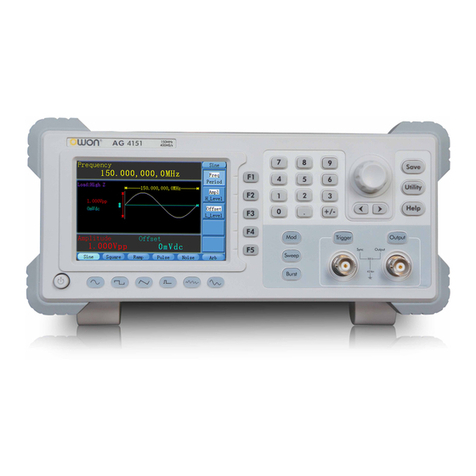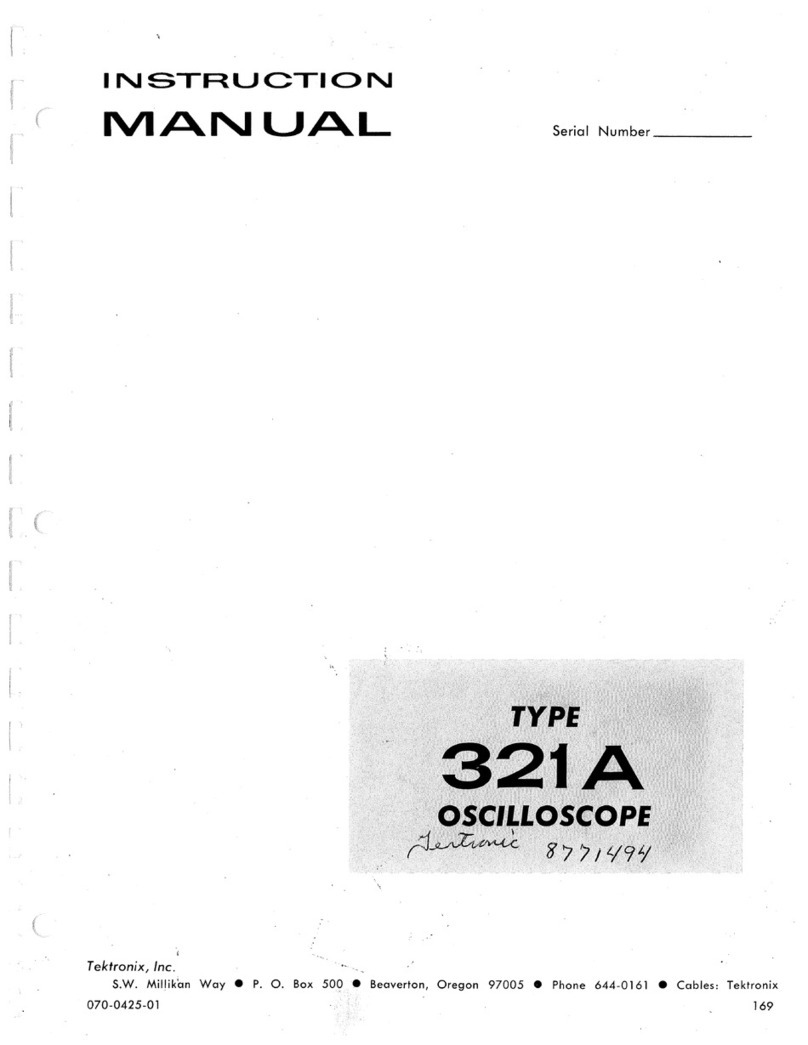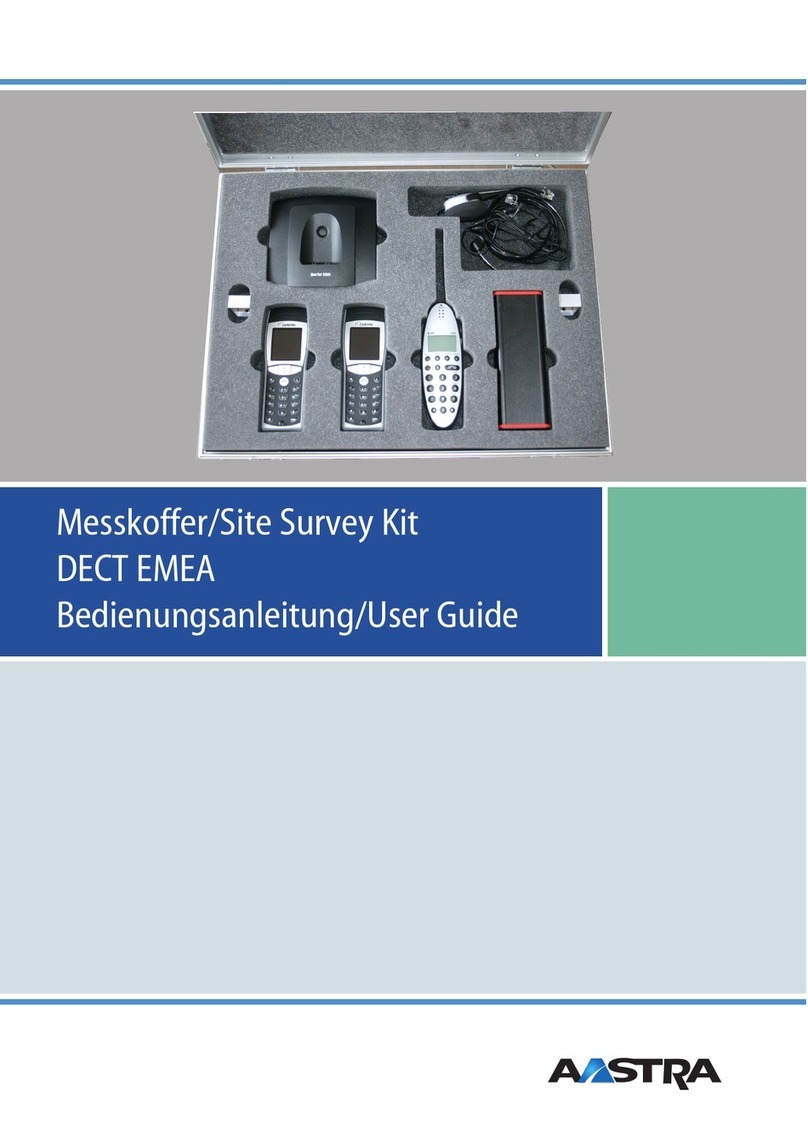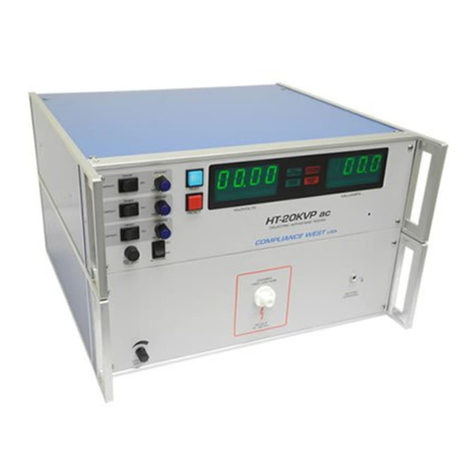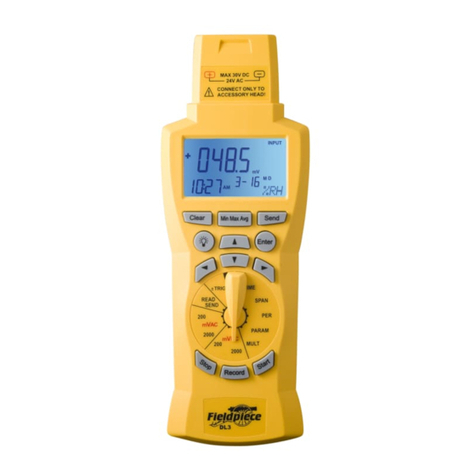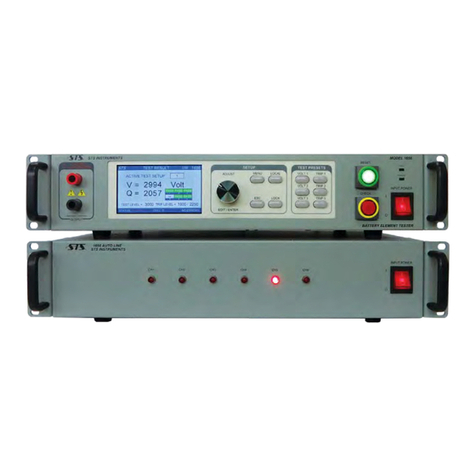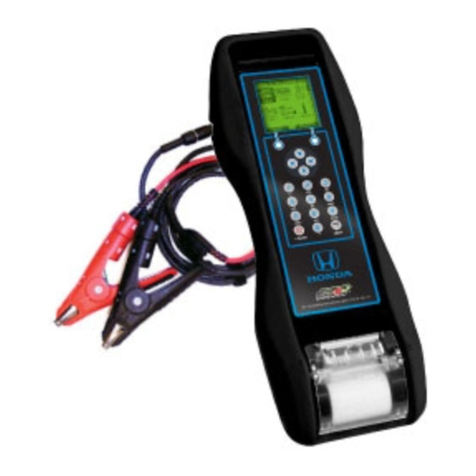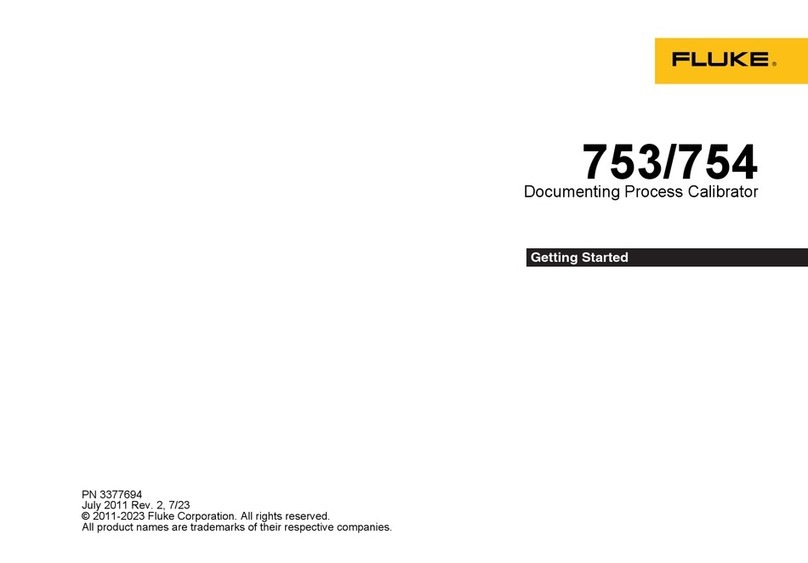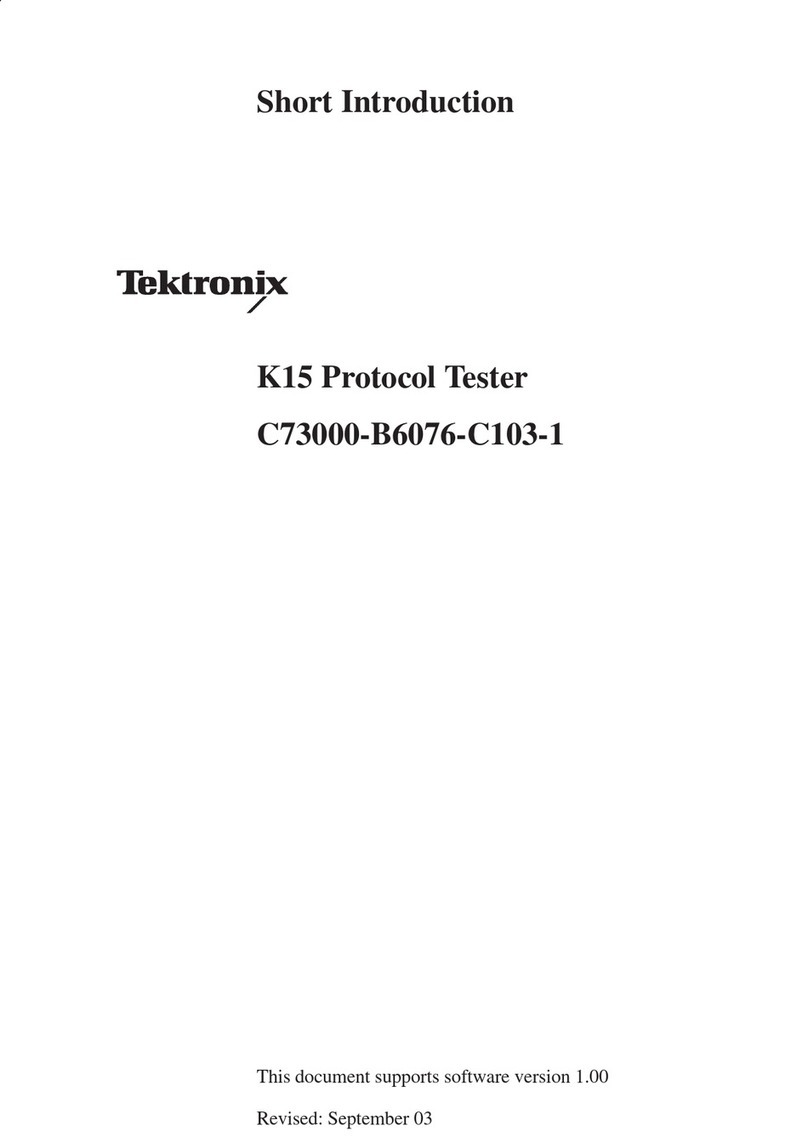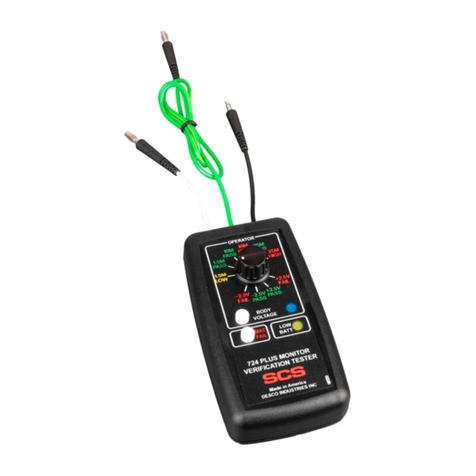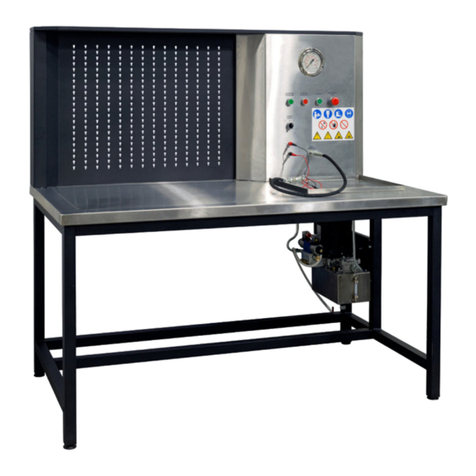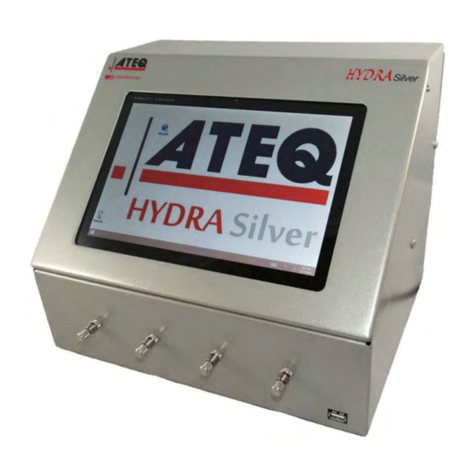SPI 14-416-2 User manual

Instruction Manual
Portable
Roughness Tester
14-415-4 / 14-416-2


CONTENTS
1. Description 2
2. Specifications 3
3. Measurement Parameters 4
4. Features 5
5. Battery Installation/Replacement 6
6. Controls and Digital Display 6
7. Calibration 7
8. Operation 8
9. Probes 9
10. Probe Replacement 11
12. Maintenance 12
13. Accessory: Height Stand 13

The Roughness tester is a portable, battery-powered instrument for checking
surface roughness with the measured values displayed on a digital readout. This
instrument can be used in the laboratory, inspection area, shop, or wherever on-
site surface roughness testing is required.
1. Description
NOTE: Even though this instrument is designed and built to with-
stand the rigors of handling and use, it is a precision instrument and
should be treated with care to assure measurement accuracy and
reliable performance.
All Roughness Testers include:
Model 14-415-4
Model 14-416-2

2. Specifications
Traverse length Evaluation length Numbers of cutoff
Traverse lengths and Evaluation lengths:
Cut-off = 0.25mm/0.010"
Cut-off = 0.8mm/0.030"
Traverse length Evaluation length Numbers of cutoff
Cut-off = 2.5mm/0.10"
Traverse length Evaluation length Numbers of cutoff

Ra Roughness Average— the arithmetic average height of roughness
Ra=
Rz
roughness depths in the evaluation length.
3. Measurement Parameters

4. Features

the battery.
length for detail.
you need to replace the battery.
-
ing the parameter selection button.
5. Battery installation / replacement (Alkaline ONLY)
6. Controls and digital display
Measuring ranges (Ra) Measuring ranges (Rz) Cut-off (lc)
Table 1:

7. Calibration
Prior to operating the tester, its calibration should be checked.
that the probe stylus is in the middle of the specimen.
-
-
differs by more than the allowable tolerance, recalibrate the tester using the
procedure below.
to assure that the tester is within the calibration tolerance.
the same height as the surface of the
calibration specimen.
plate
Probe
control

8. Operation
cycle, the probe stylus and skid should be in contact with a surface and the setup
should be properly aligned otherwise any readings obtained are not valid and
are not to be used for measurement or tester performance evaluation purposes.
upside-down.
and stylus are flush to the work surface even though the probe body will be at an
angle to the work surface.
Parallel
position depends on the application.

9. Probes
General Purpose Probe (14-417-0 or 14-418-8)
14-417-0
14-418-8
Traverse Chisel Probe (14-421-2)
radius.
Parallel Chisel Probe (14-422-0)

Small Bore Probe (14-419-6 or 14-420-4)
14-419-6;
14-420-4.
Groove Bottom Probe (14-423-8)

probe from its mounting block and the knurled locking collar.
Do not grasp the probe by its skid and stylus end. Do not remove the
knurled locking collar from the probe mounting block loosen it only
enough to slide the probe out easily.
probe body with the access slot in the locking collar.
Make sure that the probe is fully inserted into the probe mounting block
so that the electrical connector is completely engaged before tightening
the locking collar. Finger tighten only.
Check the tester's calibration after changing probes.
10. Probe Replacement

To protect the tester when not in use, always return the probe to its closed posi-
11. Maintenance
Protection & Storage
To clean the tester unit, use a soft, lint-free cloth moistened with a mild, non-abra-
and stylus area for dust, dirt or other contamination. To clean the probe skid and
Cleaning
-
ment at the phone number listed on the back cover of this manual.
Do not disassemble the unit or attempt any further repairs.
Repairs

surface to measure workpiece surfaces ranging in height from flush with the work
12 . Accessory: Height Stand (14-424-6)
the base of the bracket. The screw mates with the tapped hole in the bottom of
be measured. Use the coarse height adjustment to bring the probe skid and
tester housing.
to make the measurement.

Notes

Notes

Notes


Swiss Precision Instruments Inc.
This manual suits for next models
1
Table of contents
